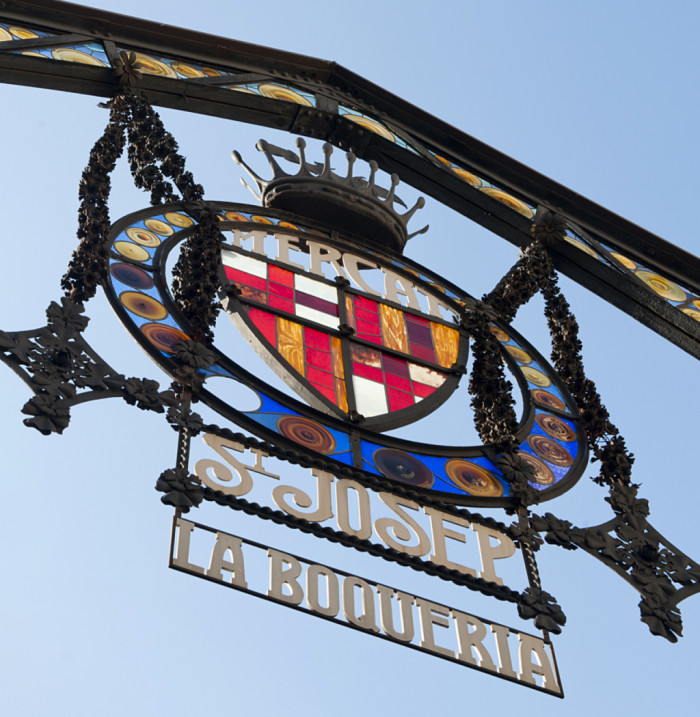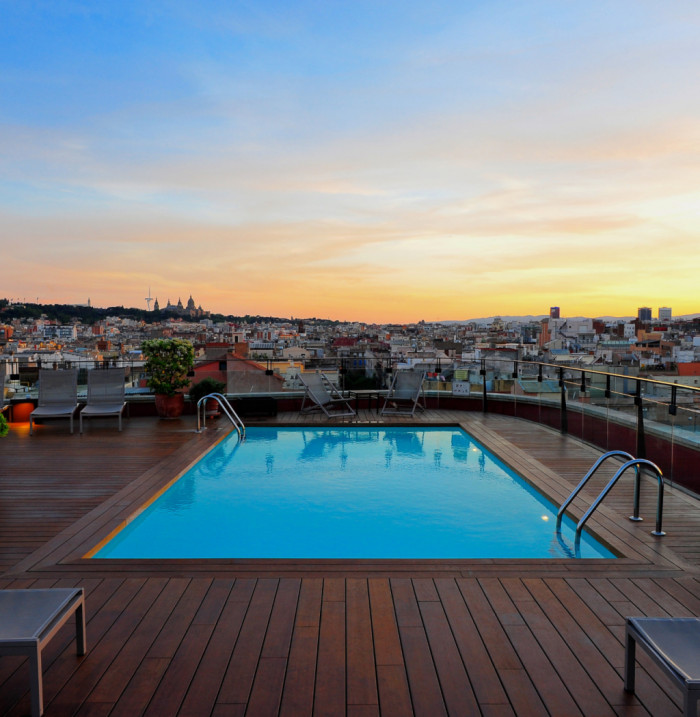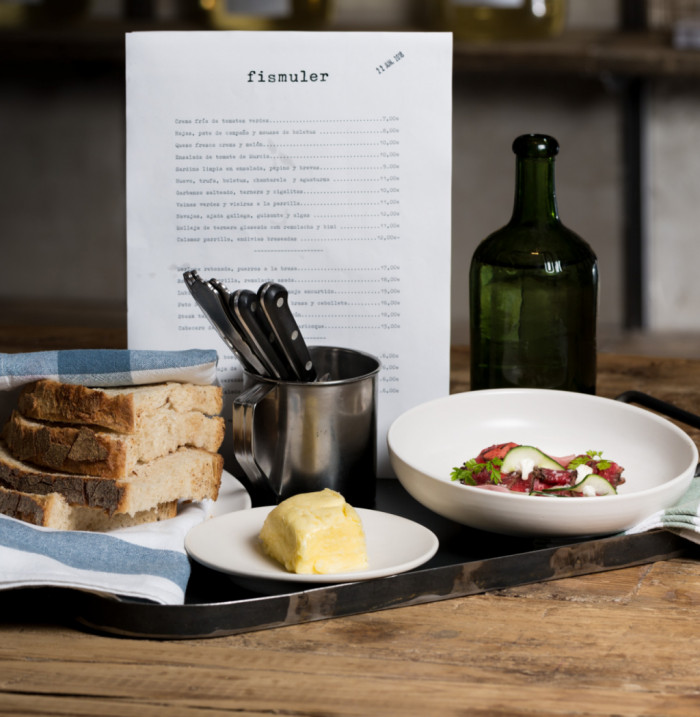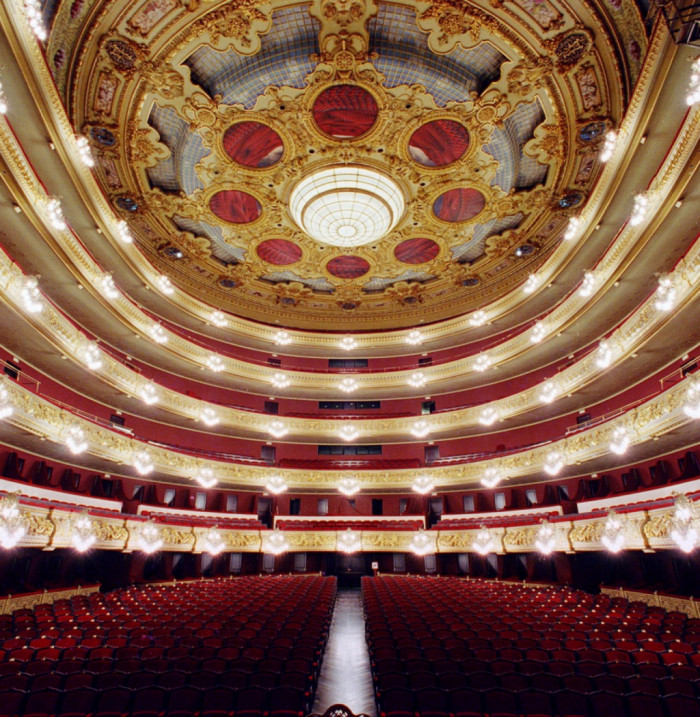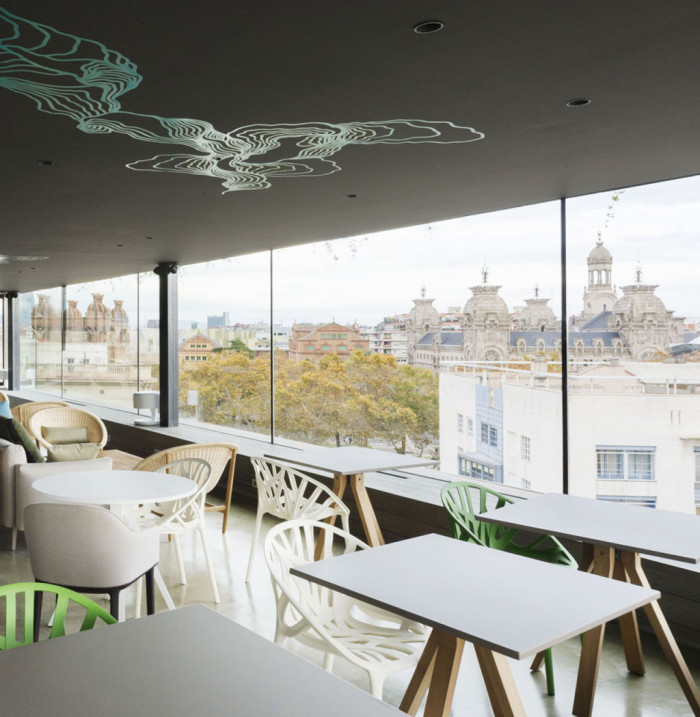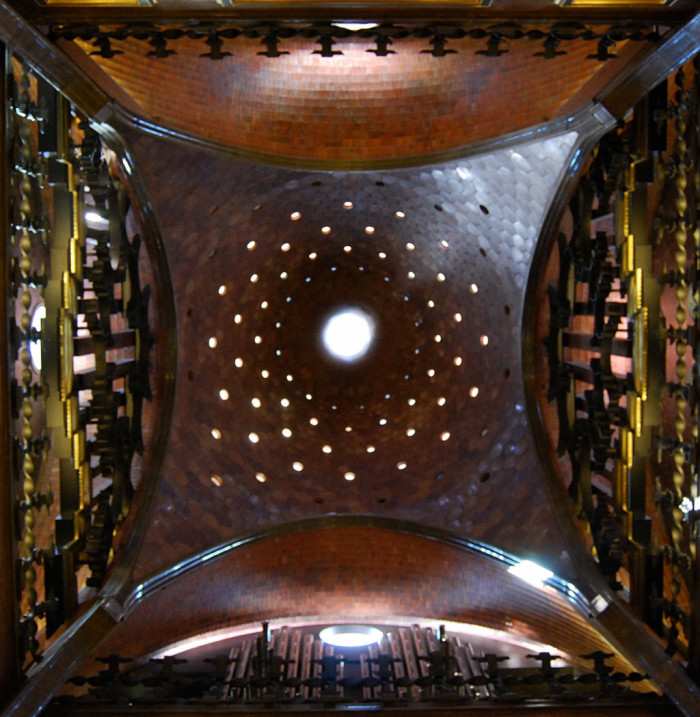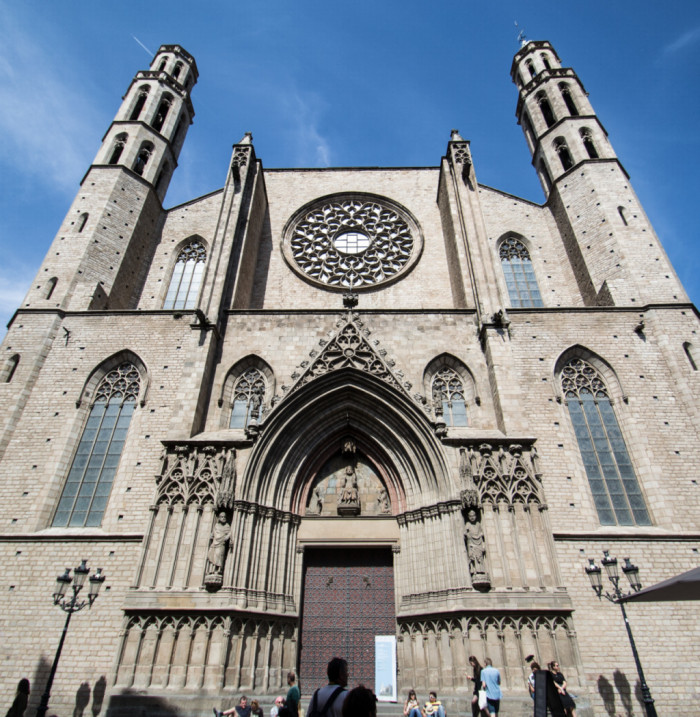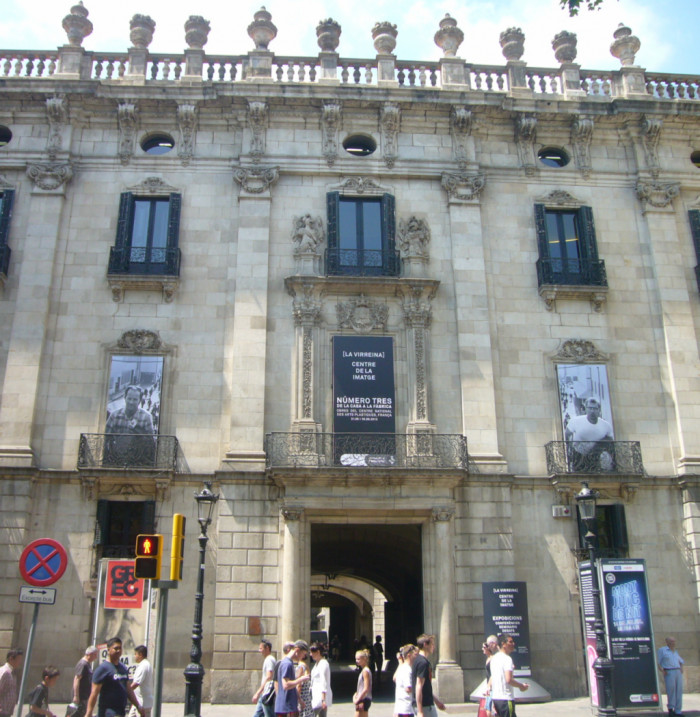- Architecture
Barcelona’s principal church, dedicated to Saint Eulàlia and built in Gothic style, the Cathedral is easily one of the city’s main attractions.
Metro: L1 (Red) - Urquinaona
L4 (Yellow) - Urquinaona & Jaume I
An imposing church rises high above the low rooftops of Barcelona’s Gothic neighborhood, sitting just beside the walls of the ancient Roman city Barcino. Built in typical Gothic style, the Cathedral is the city’s biggest church. Its origins date back to the 4th century A.D., when popular devotion to Santa Eulàlia, a girl who lived between the 3rd and 4th centuries, was still new. The story goes that the young girl ventured into the Roman city of Barcino from her home in Sarrià to fight against the persecution of Christians enforced by the rulers. At that time, the penalty dealt by the Empire for following a forbidden religion consisted of as many forms of torture as years the girl had lived: 13. After suffering the last of these torments, Eulàlia’s soul rose up to heaven in the form of a white dove that emerged from her open mouth. Her remains were interred in the Church of Santa María de las Arenas (today known as Santa María del Mar). Being the relics of a saint, they were later moved to the Cathedral of Barcelona, where they disappeared at some point amid the chaos and plunder brought by the Spanish Civil War.
Aside from the popular legend, there is scientific proof that Barcelona was home to an episcopal church or cathedral by the end of the 4th century. Recent excavations have shed literal light on a building consisting of three naves, separated by two sets of white marble columns, which experts have identified as the city’s Paleo-Christian basilica, erected sometime in the 4th century.
Later on, during the 11th century, construction on a Roman Cathedral commenced atop the same site. And by 1298, a third had been built upon the plot; this is the Cathedral that still stands to the present day. But it actually was not until the end of the 19th century that the Cathedral took on the look that it has today. Indeed, its current appearance is the result of a remodeling project during which the structure acquired a new façade and lateral towers, fulfilling plans originally drawn up in the 15th century. The project culminated in 1913 with the construction of the lantern tower.
The building itself is a complex made up of three naves and a single apse. The structure, typical of Catalan Gothic, and making the most of the interior spaces under the buttresses, made it possible to design a series of secondary chapels inside the Cathedral, encircling the entire basilica; in the naves, each section has two chapels. Above the chapels, in the lateral naves, you’ll find a large gallery with church windows over the basilica’s exterior wall.
The most remarkable aspect of the complex, however, is the Medieval cloister, which is itself considered an architectural gem, thanks to Medieval insignias representing the guilds of Barcelona, as well as the pond, and the statue of Sant Jordi. The space also home to 13 geese, whose presence in the holy place has its own legendary backstory: the story goes that each goose corresponds to one of the 13 penalties inflicted on the young Santa Eulàlia, coinciding of course with her age at the time. Others hold that the geese played a role in averting an attempted robbery on the premises, and were maintained on site from that point forward to protect and defend the holy structure.


